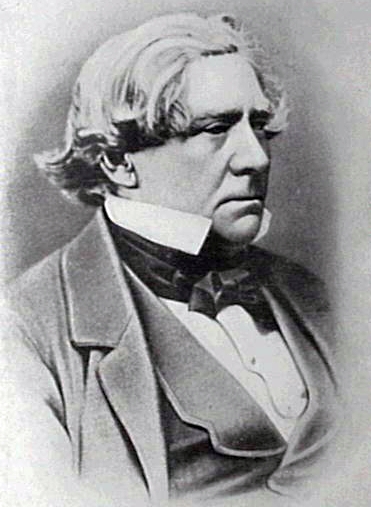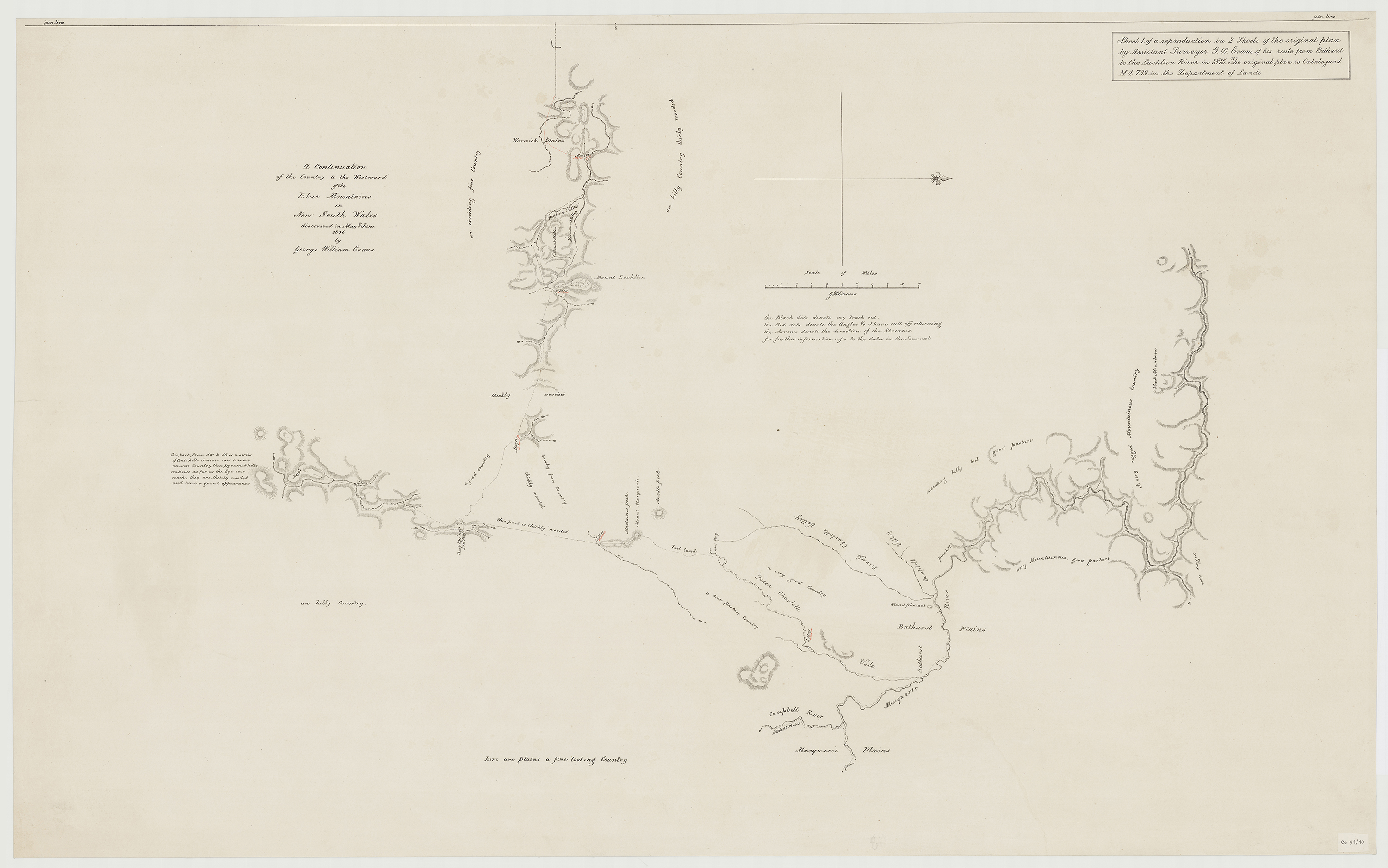|
Mount Blaxland (New South Wales)
Mount Blaxland, actually a hill, is located about 15 kilometres south of Lithgow. It was the furthest point reached by Blaxland, Lawson, and Wentworth Wentworth may refer to: People * Wentworth (surname) * Judith Blunt-Lytton, 16th Baroness Wentworth (1873–1957), Lady Wentworth, notable Arabian horse breeder * S. Wentworth Horton (1885–1960), New York state senator * Wentworth Miller (born 1 ... on their historic 1813 crossing of the Blue Mountains.The Journal of Gregory Blaxland, 1813, note 4 Retrieved 9 March 2014. The name was bestowed upon it by Surveyor-General [...More Info...] [...Related Items...] OR: [Wikipedia] [Google] [Baidu] |
Hill
A hill is a landform that extends above the surrounding terrain. It often has a distinct Summit (topography), summit. Terminology The distinction between a hill and a mountain is unclear and largely subjective, but a hill is universally considered to be not as tall, or as Grade (slope), steep as a mountain. Geographers historically regarded mountains as hills greater than above sea level, which formed the basis of the plot of the 1995 film ''The Englishman who Went up a Hill but Came down a Mountain''. In contrast, hillwalkers have tended to regard mountains as peaks above sea level. The ''Oxford English Dictionary'' also suggests a limit of and Whittow states "Some authorities regard eminences above as mountains, those below being referred to as hills." Today, a mountain is usually defined in the UK and Ireland as any summit at least high, while the official UK government's definition of a mountain is a summit of or higher. Some definitions include a topographical pro ... [...More Info...] [...Related Items...] OR: [Wikipedia] [Google] [Baidu] |
Lithgow, New South Wales
Lithgow is a town in the Central Tablelands of New South Wales, Australia and is the administrative center of the City of Lithgow local government area. It is located in a mountain valley named Lithgow's Valley by John Oxley in honour of William Lithgow, the first Auditor-General of New South Wales. Lithgow is on the Great Western Highway, about west of Sydney, or via the old mountain route, Bells Line of Road, from Windsor. At June 2021 Lithgow had an estimated urban population of 21,556. Estimated resident population, 30 June 2018. Lithgow is surrounded by a varied landscape characterised by seven valleys which include national parks, one of which, the Blue Mountains National Park, is a World Heritage Area. The Wollemi National Park is home to the Jurassic-age tree the Wollemi Pine, which was found growing in a remote canyon in the park. Location The city sits on the western edge of the sandstone country of the Blue Mountains and is usually considered the first true ... [...More Info...] [...Related Items...] OR: [Wikipedia] [Google] [Baidu] |
Gregory Blaxland
Gregory Blaxland (17 June 1778 – 1 January 1853) was an English pioneer farmer and explorer in Australia, noted especially for initiating and co-leading the first successful crossing of the Blue Mountains by European settlers. Early life Gregory Blaxland was born 17 June 1778 at Fordwich, Kent, England, the fourth son of John Blaxland, mayor from 1767 to 1774, whose family had owned estates nearby for generations, and Mary, daughter of Captain Parker, R.N. Gregory attended The King's School, Canterbury. In July 1799 in the church of St George the Martyr there, he married 20-year-old Elizabeth, daughter of John Spurdon; they had five sons and two daughters. The Blaxlands were friends of Sir Joseph Banks who appears to have strongly influenced the decision of Gregory and his eldest brother, John, to emigrate to Australia. The government promised them land, convict servants and free passages, in accord with its policy of encouraging 'settlers of responsibility and capital'. ... [...More Info...] [...Related Items...] OR: [Wikipedia] [Google] [Baidu] |
William Lawson (explorer)
William Lawson, (2 June 1774 – 16 June 1850) was a British soldier, explorer, land owner, grazier and politician who migrated to Sydney, New South Wales in 1800. Along with Gregory Blaxland and William Wentworth, he pioneered the 1813 crossing of the Blue Mountains, first successful crossing of the Blue Mountains, New South Wales, Blue Mountains by British colonists. Early life Lawson was born in Finchley, Middlesex, England to John Lawson and his second wife Hannah Summers. His father owned a successful chandler (occupation), chandler business and was a descendant of the aristocratic Richard Lawson of High Riggs, Scottish Lawson family of Cairnmuir House in the Pentland Hills. Lawson was educated in London and trained as a surveyor. He decided to join the British Army and purchased a commission in the New South Wales Corps as an ensign (rank), ensign for £300 in 1799. He received orders to transfer to Sydney, arriving there in November 1800. Officer in the 'Rum Corps' No ... [...More Info...] [...Related Items...] OR: [Wikipedia] [Google] [Baidu] |
William Wentworth
William Charles Wentworth (August 179020 March 1872) was an Australian pastoralist, explorer, newspaper editor, lawyer, politician and author, who became one of the wealthiest and most powerful figures of early colonial New South Wales. Through his newspaper ''The Australian'', and as a founder of the Australian Patriotic Association, Wentworth was among the first colonists to promote a nascent form of Australian nationalism. He was also the leading advocate for a political system of self-government in the Australian colonies that was controlled by affluent land-owning squatters, derided by his critics as the "bunyip aristocracy". Birth William Charles Wentworth was born on the vessel HMS ''Surprize'' off the coast of the penal settlement of Norfolk Island in August 1790 to D'Arcy Wentworth and Catherine Crowley. Catherine was a convict while his father, D'Arcy, was a member of the aristocratic Anglo-Irish Wentworth family, who had avoided prosecution for highway robbery by ac ... [...More Info...] [...Related Items...] OR: [Wikipedia] [Google] [Baidu] |
1813 Crossing Of The Blue Mountains
The 1813 crossing of the Blue Mountains was the expedition led by Gregory Blaxland, William Lawson and William Charles Wentworth, which became the first successful crossing of the Blue Mountains in New South Wales by European settlers. The crossing enabled the settlers to access and use the land west of the mountains for farming, and made possible the establishment of Australia's first inland colonial settlement at Bathurst. Background The European settlement at Sydney Cove, established in 1788 after the arrival of the First Fleet, grew rapidly. By the early 19th century, the Blue Mountains had become a barrier to the expansion of the colony, which required more farming land to meet its needs, particularly after the droughts of 1812 and 1813. The local indigenous people knew at least two routes by which to cross the mountains. The first was along Bilpin Ridge, later followed by Archibald Bell with the assistance of the local Darug people (now the location of Bells Line o ... [...More Info...] [...Related Items...] OR: [Wikipedia] [Google] [Baidu] |
Blue Mountains (New South Wales)
The Blue Mountains are a mountainous region and a mountain range located in New South Wales, Australia. The region borders on Sydney's metropolitan area, its foothills starting about west of centre of the state capital, close to Penrith on the outskirts of Greater Sydney region. The public's understanding of the extent of the Blue Mountains is varied, as it forms only part of an extensive mountainous area associated with the Great Dividing Range. As defined in 1970, the Blue Mountains region is bounded by the Nepean and Hawkesbury rivers in the east, the Coxs River and Lake Burragorang to the west and south, and the Wolgan and Colo rivers to the north. Geologically, it is situated in the central parts of the Sydney Basin. The ''Blue Mountains Range'' comprises a range of mountains, plateau escarpments extending off the Great Dividing Range about northwest of Wolgan Gap in a generally southeasterly direction for about , terminating at . For about two-thirds of its len ... [...More Info...] [...Related Items...] OR: [Wikipedia] [Google] [Baidu] |
Surveyor General Of New South Wales
The Surveyor-General of New South Wales is the primary government authority responsible for land and mining surveying in New South Wales. The original duties for the Surveyor General was to measure and determine land grants for settlers in New South Wales ) , nickname = , image_map = New South Wales in Australia.svg , map_caption = Location of New South Wales in AustraliaCoordinates: , subdivision_type = Country , subdivision_name = Australia , established_title = Before federation , es .... The Surveyor General is the leader and regulator of the land and mining surveying profession and plays a key advocacy role in the spatial industry in NSW * Responsibilities under the Surveying & Spatial Information Act & its Regulation * Surveyor General's Directions * President of the Board of Surveying and Spatial Information (BOSSI) * Chair of the Geographical Names Board (GNB) * NSW representative on the Intergovernmental Committee for Surveying & Mapping (ICSM) * Electoral B ... [...More Info...] [...Related Items...] OR: [Wikipedia] [Google] [Baidu] |
George Evans (explorer)
George William Evans (5 January 1780 – 16 October 1852) was a surveyor and early explorer in the Colony of New South Wales. Evans was born in Warwick, England, migrating to Australia in October 1802. Early career In 1803, Evans was appointed acting Surveyor General of New South Wales whilst Charles Grimes was on leave in England. In 1804, Evans explored the Warragamba River and upstream to the present site of the Warragamba Dam. Later removed from the position by Governor Philip Gidley King he was posted to the position of Assistant Surveyor by Lieutenant-Governor William Paterson. Evans surveyed the shores of Jervis Bay and inland to Appin leading the way to the settlement of the Illawarra region. Probably because of his success it was Governor Lachlan Macquarie who instructed him to ''find a passage to the west''. Exploration of the inland Confirmatory Blue Mountains expedition, 1813 On 13 November 1813 Governor Lachlan Macquarie sent Evans across the Blue Mountains into ... [...More Info...] [...Related Items...] OR: [Wikipedia] [Google] [Baidu] |
Private Property
Private property is a legal designation for the ownership of property by non-governmental legal entities. Private property is distinguishable from public property and personal property, which is owned by a state entity, and from collective or cooperative property, which is owned by a group of non-governmental entities. Private property is foundational to capitalism, an economic system based on the private ownership of the means of production and their operation for profit. The distinction between private and personal property varies depending on political philosophy, with socialist perspectives making a hard distinction between the two. As a legal concept, private property is defined and enforced by a country's political system. History Ideas about and discussion of private property date back to the Persian Empire, and emerge in the Western tradition at least as far back as Plato. Prior to the 18th century, English speakers generally used the word "property" in reference ... [...More Info...] [...Related Items...] OR: [Wikipedia] [Google] [Baidu] |


.jpg)




